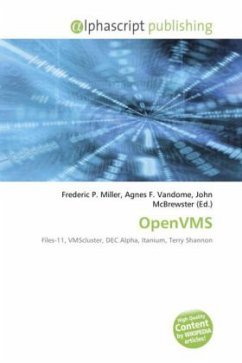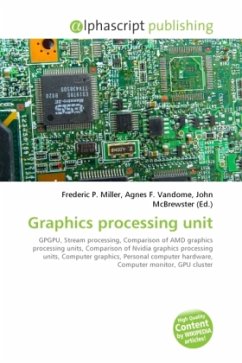
Class (Computer Science)
Versandkostenfrei!
Versandfertig in 6-10 Tagen
26,99 €
inkl. MwSt.

PAYBACK Punkte
13 °P sammeln!
In object-oriented programming, a class is a construct that is used as a blueprint (or template) to create objects of that class. This blueprint describes the state and behavior that the objects of the class all share. An object of a given class is called an instance of the class. The class that contains that instance can be considered as the type of that object, e.g. a type of an object of the "Fruit" class would be "Fruit". A class usually represents a noun, such as a person, place or (possibly quite abstract) thing - it is a model of a concept within a computer program. Fundamentally, it en...
In object-oriented programming, a class is a construct that is used as a blueprint (or template) to create objects of that class. This blueprint describes the state and behavior that the objects of the class all share. An object of a given class is called an instance of the class. The class that contains that instance can be considered as the type of that object, e.g. a type of an object of the "Fruit" class would be "Fruit". A class usually represents a noun, such as a person, place or (possibly quite abstract) thing - it is a model of a concept within a computer program. Fundamentally, it encapsulates the state and behavior of the concept it represents. It encapsulates state through data placeholders called attributes (or member variables or instance variables); it encapsulates behavior through reusable sections of code called methods. More technically, a class is a cohesive package that consists of a particular kind of metadata. A class has both an interface and a structure. The interface describes how to interact with the class and its instances with methods, while the structure describes how the data is partitioned into attributes within an instance.












